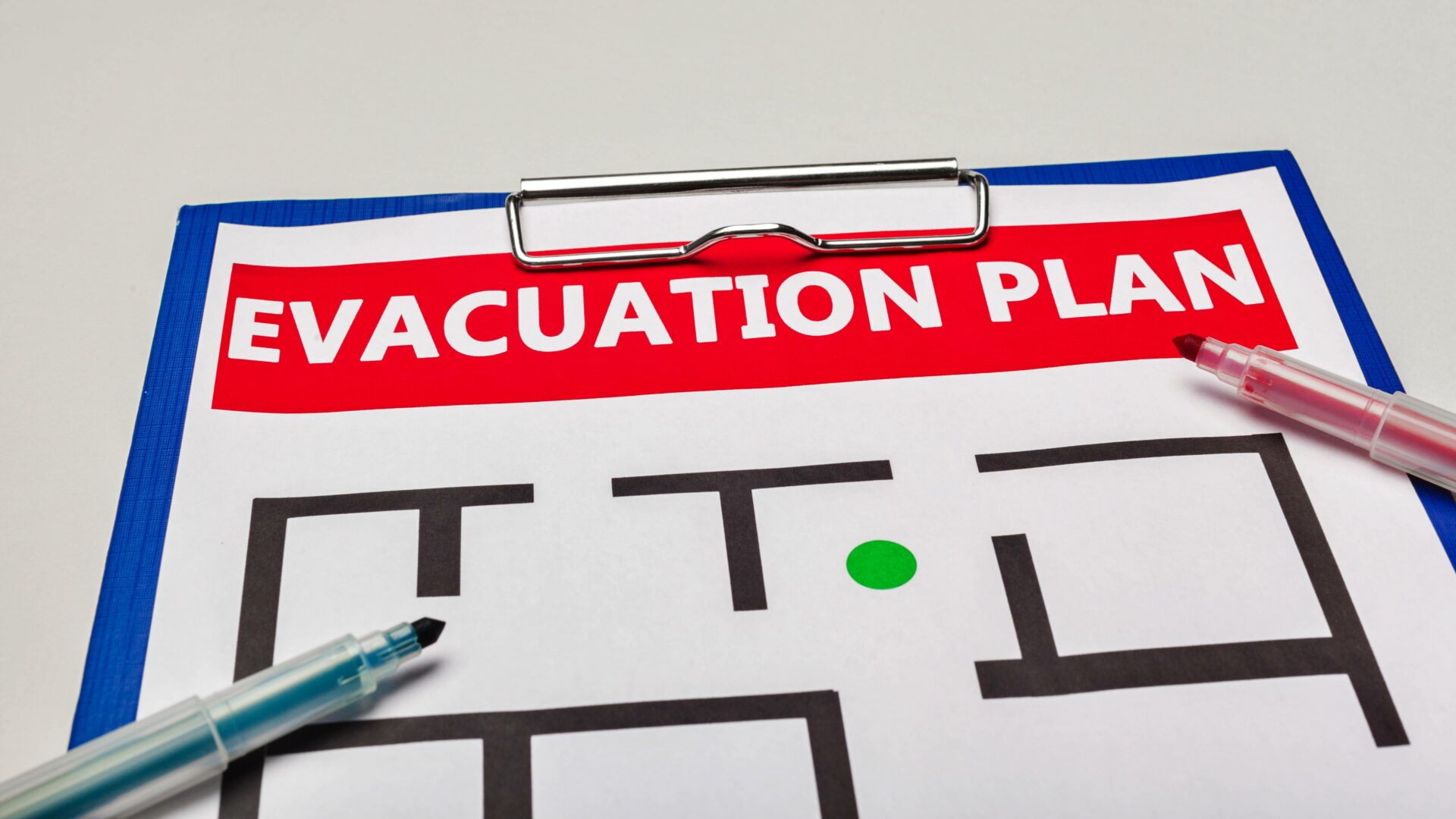“It won’t happen to us.”
It’s a phrase uttered by countless business owners until disaster strikes. IT disruptions are not a matter of if but when, whether it’s a ransomware attack, hardware failure, natural disaster, or simple human error. Without a well-structured disaster recovery (DR) plan, an interruption can cause lasting damage: lost revenue, regulatory penalties, reputational harm, and prolonged operational chaos.

Disaster recovery is more than just having backups—it’s about restoring your business quickly and efficiently when the unexpected happens. In this article, we’ll explore why every business needs a DR strategy, what components it should include, and how partnering with a Managed Services Provider (MSP) like Datacate ensures resilience, rapid response, and peace of mind.
Why Disaster Recovery Matters: Downtime is Expensive
According to a 2023 report from the Uptime Institute, the average cost of an unplanned data center outage is over $7,900 per minute. The costs may vary for small and medium-sized businesses, but the proportional impact can be even more severe. Lost productivity, missed sales, corrupted data, and compliance violations add up quickly.
Beyond the financial impact, downtime erodes customer trust. If your e-commerce site goes offline or your internal systems prevent order fulfillment or customer support, those are moments when your brand promise fails. In highly regulated industries like healthcare or finance, even minor data loss or unavailability can lead to audits, fines, or legal repercussions.
The bottom line: Disaster recovery isn’t optional—it’s a critical part of business continuity planning.
What Is a Disaster Recovery Plan?
A Disaster Recovery Plan (DRP) outlines how a business will restore its IT systems and data after a disruption. It’s a technical playbook designed to minimize downtime and data loss while ensuring a controlled, predictable recovery process.
A DRP typically includes:
- Recovery Time Objective (RTO): How quickly systems must be restored.
- Recovery Point Objective (RPO): The maximum acceptable data loss (i.e., how far back you’re willing to go when restoring data).
- Backup Strategy: Where and how backups are stored—onsite, offsite, or in the cloud.
- Failover Systems: Redundant infrastructure that can take over during a failure.
- Response Procedures: Step-by-step instructions for recovering critical systems and notifying stakeholders.
- Roles and Responsibilities: Who does what during a disaster?
- Testing Schedule: How often the plan is reviewed, updated, and tested?
Yet even the most well-crafted DR plan is only as good as its implementation. This is where Managed Services Providers come in.
The MSP Advantage: Expert-Led Disaster Recovery
Partnering with an experienced MSP like Datacate offers several advantages for disaster recovery:
1. Technology Expertise
Disaster recovery is complex—especially in environments with mixed infrastructure (on-prem, cloud, SaaS, etc.). MSPs bring deep experience with systems integration, virtualization, networking, and security. We can help design a DR strategy that aligns with your business goals and technical realities.
2. 24/7 Monitoring and Rapid Response
Time is everything in a disaster. Our Network Operations Center (NOC) and helpdesk are staffed 24/7 to detect anomalies, respond to alerts, and take immediate action. Automated monitoring ensures we’re aware of issues before your team even notices.
3. Hybrid and Cloud Backup Solutions
We implement modern backup strategies using cloud, local, or hybrid systems—ensuring multiple layers of protection. Solutions can include encrypted daily backups, image-based system snapshots, and real-time replication to offsite locations or colocation facilities.
4. Testing and Validation
Many businesses have backups that fail to restore properly. We can test and verify backups, simulate failover scenarios, and ensure your recovery processes work long before you need them.
5. End-to-End Support
When disaster strikes, your internal team may be overwhelmed. An MSP provides structured leadership and handles every phase of recovery—network restoration, endpoint provisioning, user access, system validation, and post-incident review.
Going Beyond Data: Supporting Your People During a Disaster
While disaster recovery often focuses on technology, people are at the heart of your business. Ensuring your team can stay productive and informed during a disruption is just as important as recovering your servers.
Here’s how your DR plan should support your staff:
1. Clear Communication Protocols
Your DR strategy should define how and when to communicate with employees, customers, vendors, and regulators. This includes fallback communication channels (like SMS or Slack) if email systems are down.
2. Remote Work Enablement
If your office becomes inaccessible due to fire, flood, or other disruption, staff should be able to work remotely. This means having remote desktop or Virtual Desktop Infrastructure (VDI) in place, secure VPN access, and cloud-based productivity tools (e.g., Microsoft 365, Google Workspace).
3. Training and Drills
Your team should know what to do—not just the IT department. Regular training and tabletop exercises improve response times and reduce confusion during a real incident.
4. Secure Device Management
Whether your team is using company-issued devices or BYOD, endpoint security and mobile device management (MDM) tools ensure safe, controlled access to systems even during a crisis.
5. Access Controls and Role Management
During recovery, not everyone needs access to every system. MSPs like Datacate can implement and manage fine-grained access control policies, ensuring users get only what they need without introducing risk.
Key Technology Components of a Strong DR Strategy
A modern disaster recovery strategy relies on a range of tools and technologies:
- Virtualization & Snapshots: Enables fast recovery of servers, apps, or desktops by rolling back to a recent image.
- Cloud Backup & Replication: Eliminates dependency on physical infrastructure and allows geographic redundancy.
- Failover Clustering: Automatically shifts workloads to standby systems if primary systems fail.
- SD-WAN & Redundant Internet: Keeps remote sites and users connected even if one ISP goes down.
- Security & Compliance Tools: Ensures data encryption, logging, and audit trails for post-incident reporting.
- Infrastructure as Code (IaC): Allows for automated provisioning of systems, speeding up recovery and reducing human error.
At Datacate, we combine these elements into a unified, tested disaster recovery plan tailored to each client’s environment and risk tolerance.
Final Thoughts: You Can’t Afford to Wing It
Disaster recovery planning is not just an IT exercise—it’s a business imperative. If your strategy relies on hope or an outdated backup drive in a drawer, you’re gambling with your business’s future.
By working with an MSP like Datacate, you gain access to enterprise-grade recovery solutions, a team of experts ready to respond, and the confidence that your business can weather any storm—cyber or otherwise.
Ready to Build or Improve Your Disaster Recovery Plan?
Let’s talk. Datacate can assess your current strategy, identify gaps, and help implement a disaster recovery solution that protects your business, your data, and your people.
Contact us today to schedule a no-obligation consultation and take the first step toward true IT resilience.




